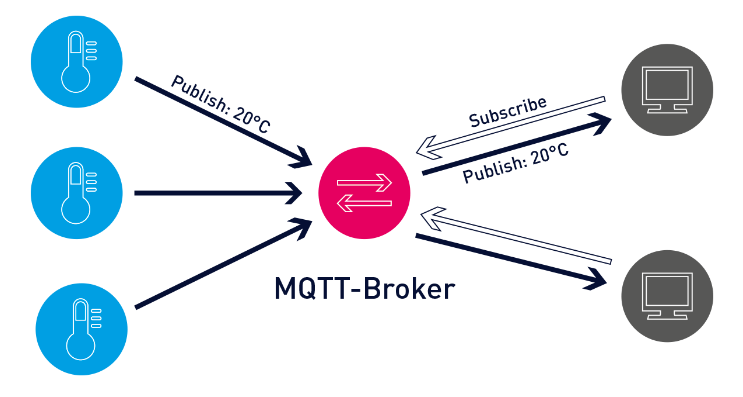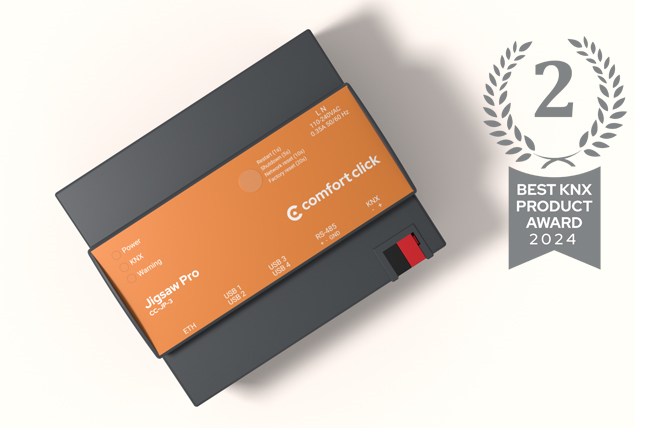MQTT architecture, features and implementation with bOS!
7. 02. 2022
MQTT is a lightweight messaging protocol for use in cases where clients need a small code footprint and are connected to unreliable networks or networks with limited bandwidth resources.
MQTT runs on top of TCP/IP using a PUSH/SUBSCRIBE topology. In MQTT architecture, there are two types of systems: clients and brokers.
A broker is a server that the clients communicate with. The broker receives communications from clients and sends those communications on to other clients. Clients do not communicate directly with each other, but rather connect to the broker. Each client may be either a publisher, a subscriber, or both. MQTT is an event-driven protocol. There is no periodic or ongoing data transmission. This keeps transmission to a minimum. A client only publishes when there is information to be sent, and a broker only sends out information to subscribers when new data arrives.

Another way MQTT minimizes its transmissions is with a tightly defined, small message construction. Each message has a fixed header of just 2 bytes. An optional header may be used but increases the size of the message. The message payload is limited to just 256 MB. Three different Quality of Service (QoS) levels allow network designers to choose between minimizing data transmission and maximizing reliability.
ComfortClick bOS enables you the creation of both brokers, clients and their communication.
With MQTT you can create measurements like signal strength, temperature and battery measurements. You can also create alarms and events for the connected devices.


